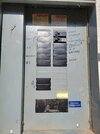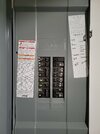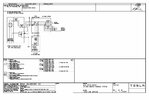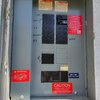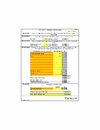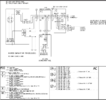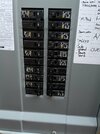Hi folks,
I recently had a 8.16kW PV system with Powerwall+, Powerwall 2, and Gateway 2 installed, awaiting PTO. I have a 125A main service panel with a 100A breaker feeding into the backup panel which all of my home loads were relocated in to. I am planning to have a HPWC installed but the few electricians I contacted are telling me that the backup panel is already up to capacity and no breaker can be installed in there. They are suggesting installing a breaker in the main service panel for the HPWC. I contacted my Tesla advisor about it and she was advised by engineering who designed my solar system that a 50A breaker can be added in the backup panel as the panel is rated for 225A.
Who is correct?
I attached pics of my main service panel, backup panel, and the three line diagram of the current setup.
Thanks in advance
I recently had a 8.16kW PV system with Powerwall+, Powerwall 2, and Gateway 2 installed, awaiting PTO. I have a 125A main service panel with a 100A breaker feeding into the backup panel which all of my home loads were relocated in to. I am planning to have a HPWC installed but the few electricians I contacted are telling me that the backup panel is already up to capacity and no breaker can be installed in there. They are suggesting installing a breaker in the main service panel for the HPWC. I contacted my Tesla advisor about it and she was advised by engineering who designed my solar system that a 50A breaker can be added in the backup panel as the panel is rated for 225A.
Who is correct?
I attached pics of my main service panel, backup panel, and the three line diagram of the current setup.
Thanks in advance




